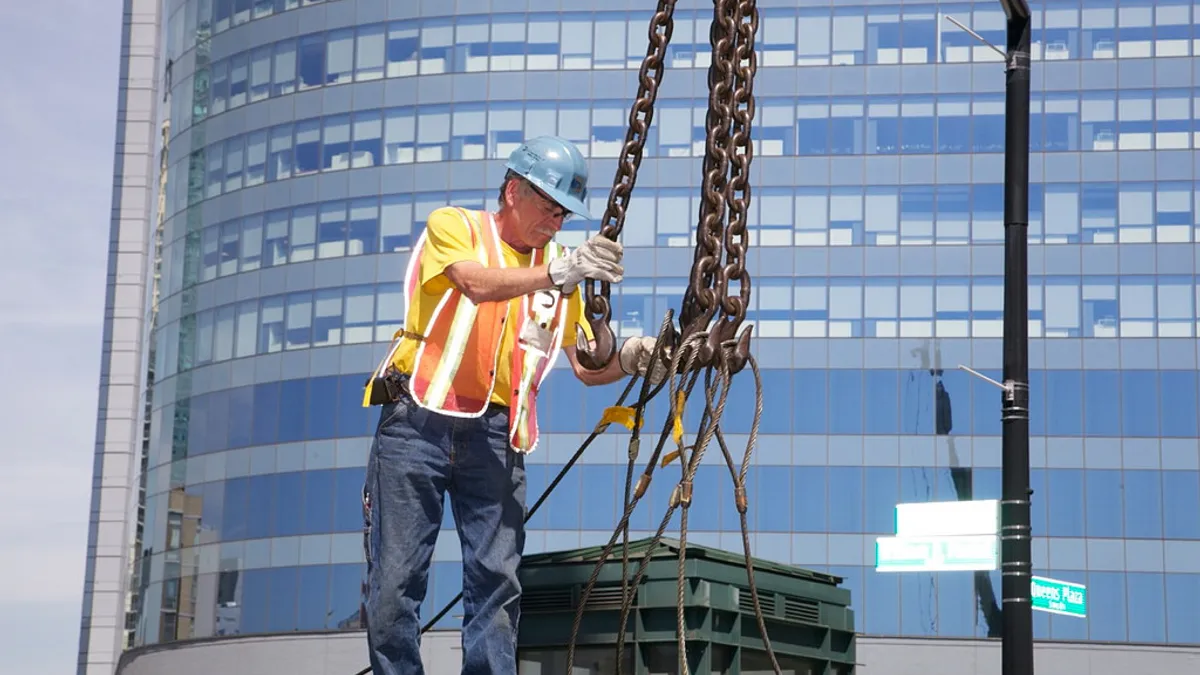Dive Brief:
- The Occupational Safety and Health Administration announced its interim rule Thursday that raises existing maximum civil penalties by 78% to comply with a federally mandated rate increase.
- OSHA will raise its maximum penalty for serious violations from $7,000 to $12,471 and will increase the fine for willful and repeated violations from $70,000 to $124,709.
- OSHA capped its new penalty amounts at 150% of their current levels, and the higher fines will go into effect Aug. 1 for infractions occurring after Nov. 2, 2015. Now that the interim rule has gone into effect, OSHA will accept public comments for 45 days before issuing its final rule.
Dive Insight
U.S. Secretary of Labor Thomas E. Perez welcomed the increase in fines and said in a release that civil penalties should be "a credible deterrent that influences behavior far and wide. Adjusting our penalties to keep pace with the cost of living can lead to significant benefits for workers and can level the playing field (for) responsible employers who should not have to compete with those who don’t follow the law."
The requirement that OSHA hike its penalties is part of the 2016 federal budget bill and mandates that the agency bring its penalty amounts in line with the Consumer Price Index — marking the first increase since 1990. The 78% increase is slightly less than the 82% industry experts said it could reach. The construction industry will see a major impact as the result of this penalty increase, as construction fatalities accounted for 20.6% of all total private industry fatalities in 2014, according to the BLS.
The announcement late last year of the rise in safety violation fines caught some industry stakeholders by surprise, but only as far as the timing. What did receive some industry pushback, however, was what some considered accusatory tone of OSHA rhetoric and claims that contractors factored in employee injuries and deaths as a cost of doing business. In response, Brian Turmail of the Associated General Contractors of America told Construction Dive, "There's no owner of a business that we're aware of, and certainly not our members, who would willingly put his workers in harm's way."
Another way OSHA is cracking down on businesses that continue to defy safety regulations is through its Severe Violators program, to which the agency added 520 companies between 2010 and mid-April 2016. Of those companies, OSHA said 60% were construction industry businesses. When a contractor is classified as a severe violator, it usually will find itself on the receiving end of increased inspections and enforcement, as well as the subject of "shaming" press releases meant to serve as a warning to other contractors.











